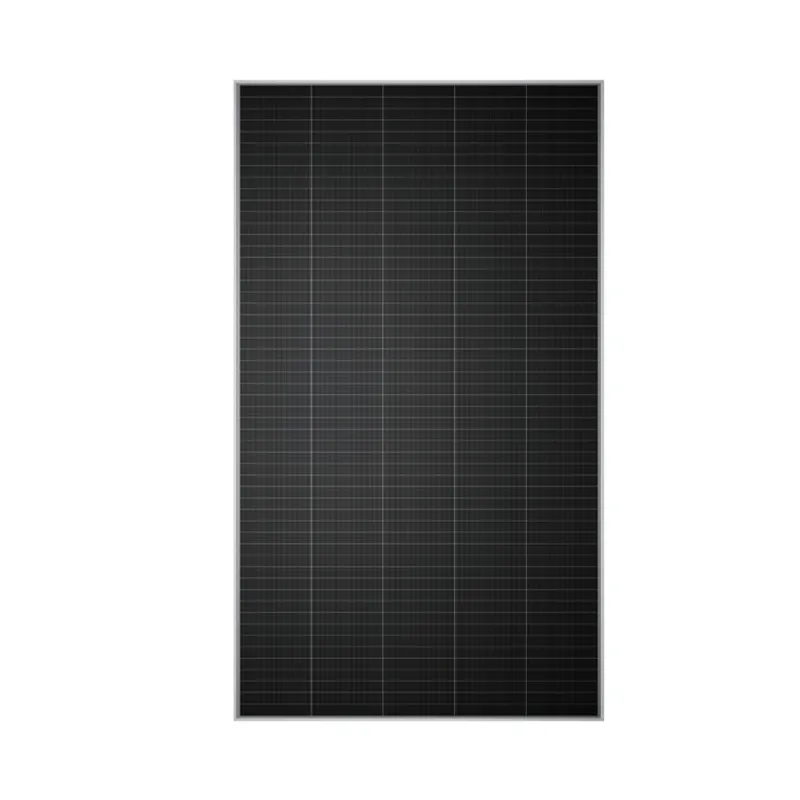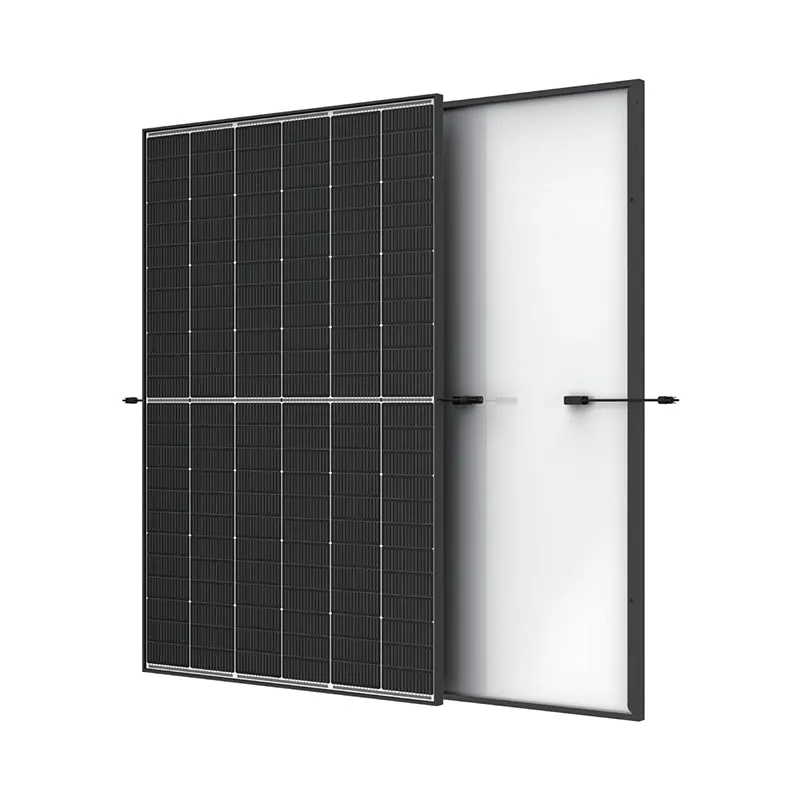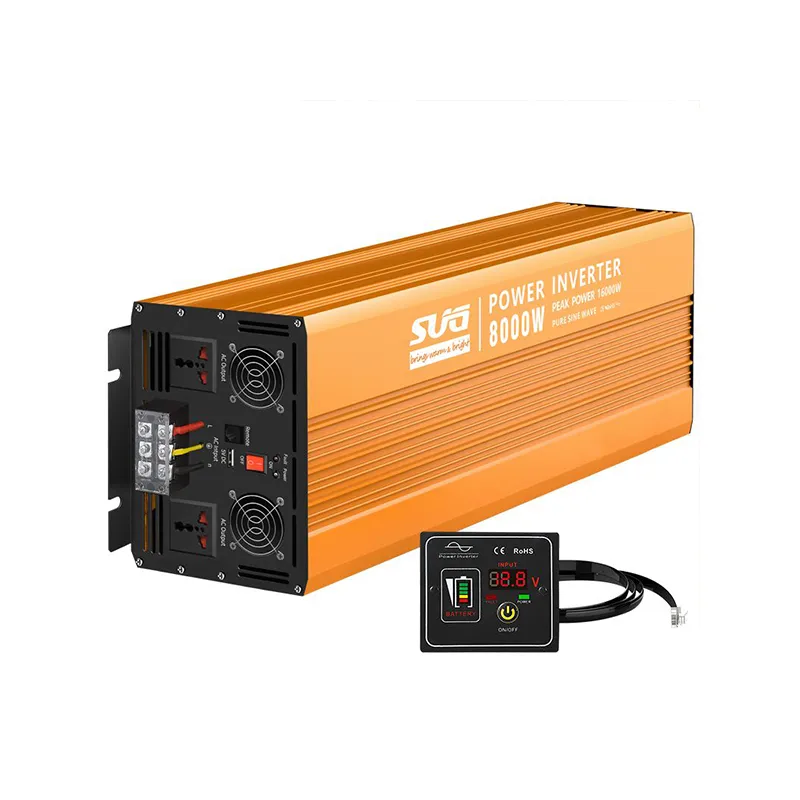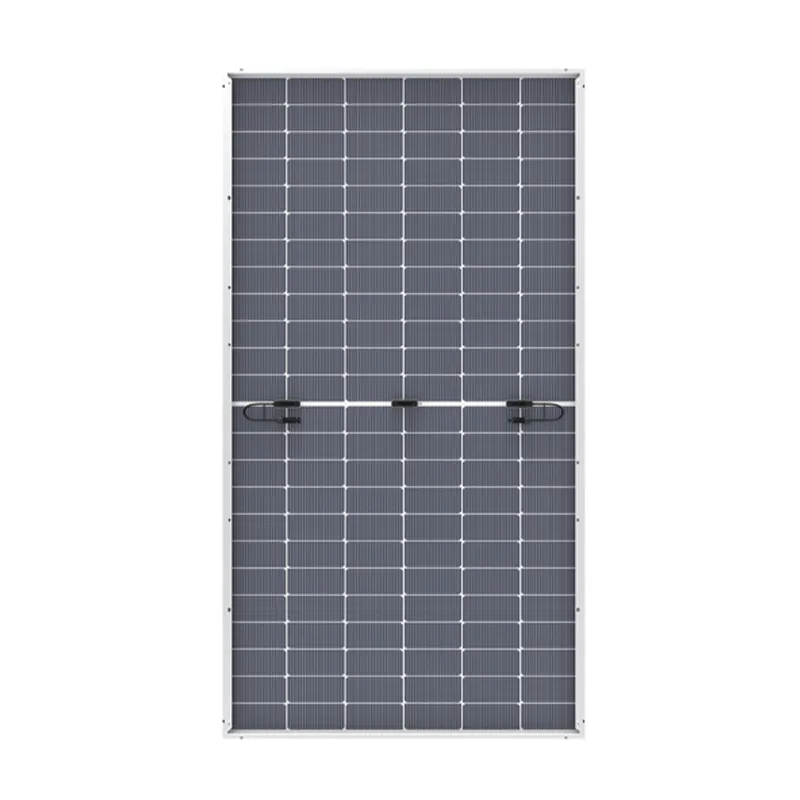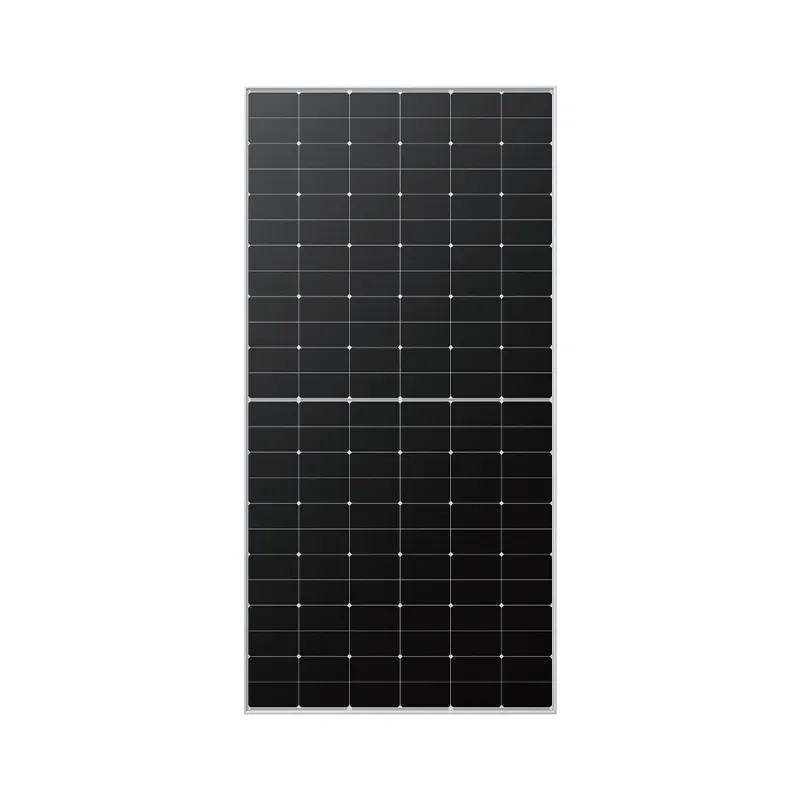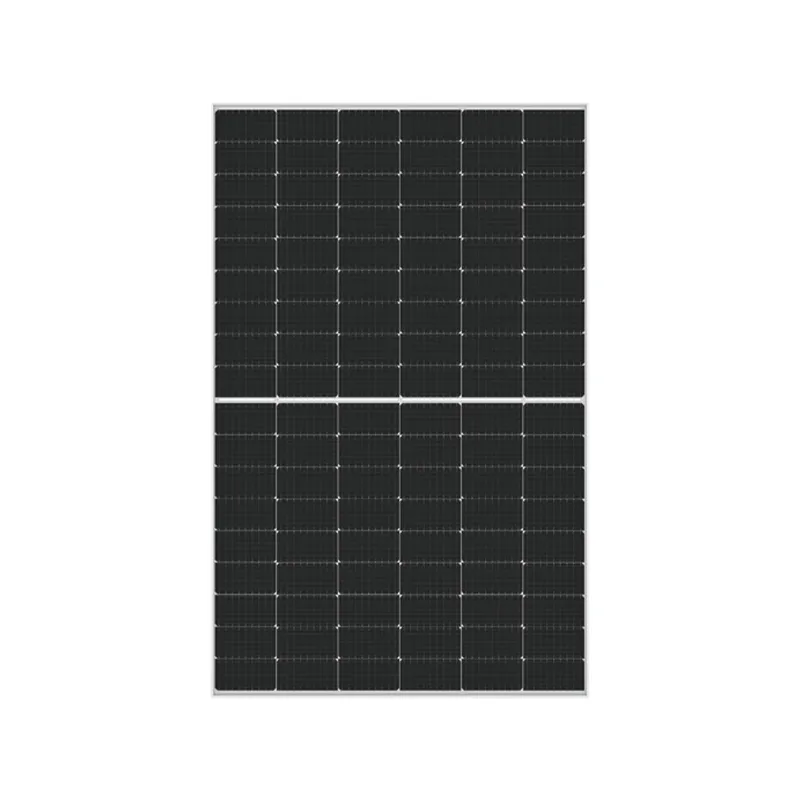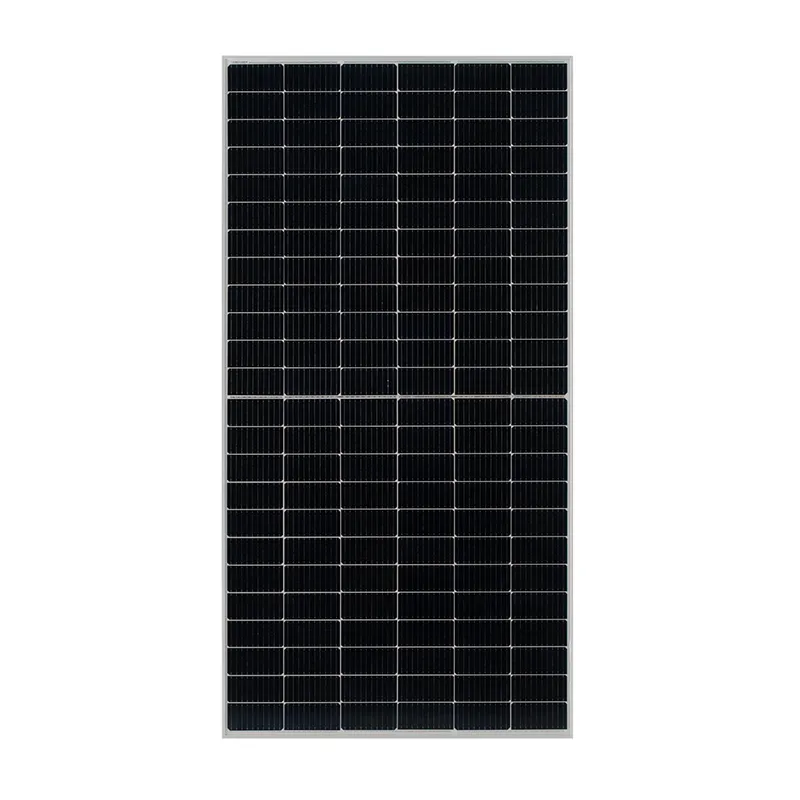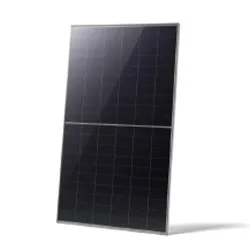srp . 28, 2025 16:01
Back to list
High-Efficiency Tie Grid Inverter for Reliable Solar Power Systems
Future-Proofing the Grid: An In-Depth Analysis of tie grid inverter – Technology, Trends, and Applications
Grid-connected solar technology is revolutionizing the global energy landscape. At the heart of this transformation is the tie grid inverter, a cornerstone component enabling solar systems to interact seamlessly with the public utility grid. In this comprehensive guide, we explore the technological advancements, industrial standards, comparative analysis, and customizable solutions relating to tie grid inverter devices. Anchored by data-backed insights and a specific spotlight on the Growatt 185KW Safe High Efficiency High Yield Solar Inverter, this page offers a 360° view—from technical parameters and manufacturing process to real-world user scenarios, certifications, and beyond.
1. Industry Trends: Market Dynamics & Technological Evolution of tie grid inverter
The adoption of solar photovoltaic (PV) grid-tied systems is projected to reach 59% CAGR (2022-2030) globally [MarketsandMarkets].
Technological Revolution:
Technological Revolution:
- • Rapid conversion rates: Modern tie grid inverter efficiency now exceeds 98.7%.
- • Smart-grid compatibility, real-time data logging, and enhanced anti-islanding protection
- • New-gen micro tie grid inverter supporting granular system-level control.
- • Integration of IoT, AI-based MPPT (Maximum Power Point Tracking), and self-diagnostics foster higher uptime and grid stability.
2. Key Technical Parameters: tie grid inverter, micro tie grid inverter, and on grid solar inverter
| Parameter | tie grid inverter | micro tie grid inverter | on grid solar inverter |
|---|---|---|---|
| Rated Output Power | 3kW – 500kW+ | 250W – 1200W (per panel) | 1kW – 500kW |
| Max Efficiency (%) | 98.4 – 99.1% | 95.6 – 96.7% | 98.2 – 99.0% |
| Input Voltage Range (V) | 150–1,000 | 18–65 | 120–1,000 |
| MPPT Channels | 2 – 12+ | 1 (per unit) | 1 – 8 |
| Grid Standard Compliance | IEEE 1547, IEC 61727, EN 50549 | IEEE 1547, EN 50549 | IEC 61727, EN 50549 |
| Casing/Material | Aluminum alloy, IP65/IP66 | Potted resin/polycarbonate, IP67 | Aluminum alloy, Stainless steel, IP65 |
| Typical Use Case | Utility, C&I Rooftop, Ground-mounted | Residential, Shaded/Partial String, Module-level | Residential/Commercial Grid-tie |
- Key Highlight:
- Modern tie grid inverter platforms offer advanced MPPT, enhanced thermal dissipation, and grid-support functions like reactive power control and low voltage ride-through, demanded by new grid codes.
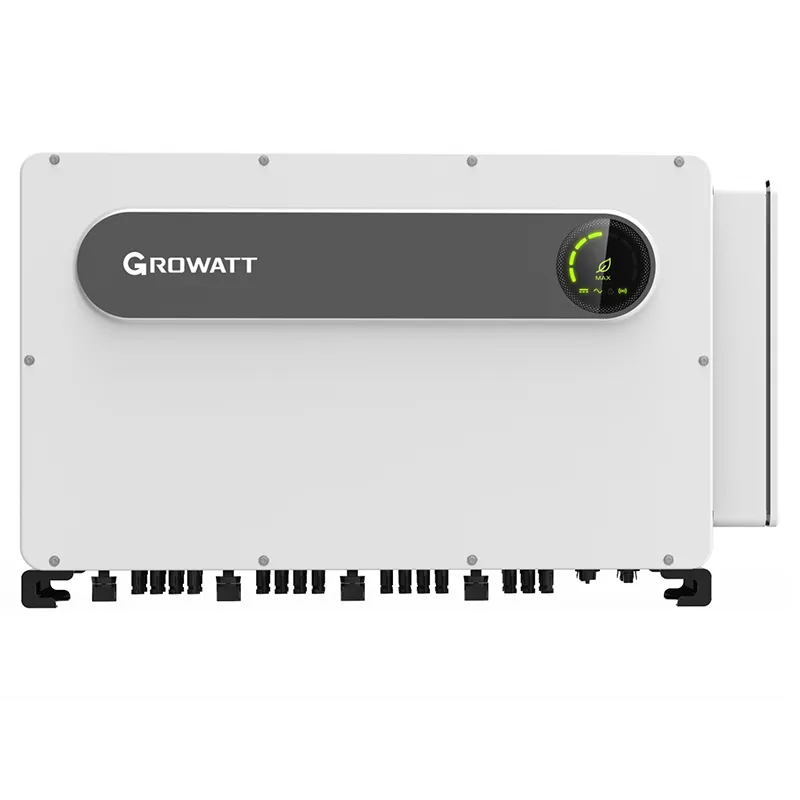
Figure: Real-world tie grid inverter deployment scenario—industrial rooftop, demonstrating scalable modular installation.
3. Product Spotlight: Growatt 185KW Safe High Efficiency High Yield Solar Inverter
Growatt 185KW is engineered for high-yield, industrial and utility-scale PV arrays. This flagship on grid solar inverter model integrates triple-MPPT, anti-corrosion aluminum alloy shell, and boasts up to 99.09% EU efficiency. Key certifications: CE, TUV, CQC, NRS097-2-1, certified under ISO 9001/14001, ANSI UL 1741, and measured by stringent IEC 61683 testing.
- Certified for operational stability in harshest environmental conditions – supporting IP66 dust/waterproof grade.
- Sophisticated DSP digital control & surge protection (Type II SPD on AC/DC)
- Supports advanced grid functions, remote O&M, cloud-based monitoring, and smart string diagnosis.
- Aluminum alloy case delivers exceptional thermal management, fire resistance (UL94-V0), and prolongs MTBF to >25 years.
4. Growatt 185KW vs Mainstream tie grid inverter Models: Key Spec Comparison
Radar chart: Growatt 185KW achieves leading performance in efficiency, surge protection, and environmental durability.
5. Product Technical Pie Chart Analysis
6. Lifespan and Warranty – Growatt 185KW Line Chart
7. Tie Grid Inverter Manufacturing Process Flow (Growatt 185KW)
Process Overview: Each tie grid inverter model from Growatt is built under strict ISO 9001/14001-certified protocols, integrating casting, CNC, and high-voltage testing as follows:
Key control points: Materials pass ISO certification; every step strictly monitored.
Materials Procurement
High-purity aluminum alloy, SiC IGBT
(ISO 6362, ASTM B209)
→
High-purity aluminum alloy, SiC IGBT
(ISO 6362, ASTM B209)
Die Casting & CNC Machining
Frame/heat sink made via die-casting, then CNC-milled for tight tolerance.
(ANSI B11, ISO 2768-fH)
→
Frame/heat sink made via die-casting, then CNC-milled for tight tolerance.
(ANSI B11, ISO 2768-fH)
PCB Assembly & SMT
Automated SMT lines, multi-layer PCBs.
(IPC-A-610)
→
Automated SMT lines, multi-layer PCBs.
(IPC-A-610)
System Assembly & Encapsulation
Aluminum housing assembly; elastomer gaskets (IP66, NEMA 4X).
→
Aluminum housing assembly; elastomer gaskets (IP66, NEMA 4X).
Multi-Standard Testing
High-voltage, isolation, surge, & humidity tests.
(IEC 61683, GB/T 19964)
→
High-voltage, isolation, surge, & humidity tests.
(IEC 61683, GB/T 19964)
Burn-in & QC Inspection
48h accelerated aging burn-in; Only units passing ISO/TUV Functional Test are shipped.
48h accelerated aging burn-in; Only units passing ISO/TUV Functional Test are shipped.
8. Application Scenarios & Technical Advantages
- Industries: Chemical, metallurgy, water supply/drainage, commercial rooftops, utility-scale, data centers.
- Advantages: High efficiency, anti-corrosion, dust/water resistance (IP66), rapid MPPT response, advanced anti-islanding.
- Energy Savings: 2–4% higher energy yield than string inverters in multi-MPPT shaded scenarios.
- Compliance: Meets IEC/UL/ANSI standards, enabling global grid interconnection.
Applied Case Study: BenjiuSolar 5000KW Rooftop
A chemicals manufacturing client in Jiangsu deployed 27 units of Growatt 185KW tie grid inverter[Full spec]. Outcome:
• >99.9% daily grid up-time, zero forced outages reported in 1000+ days
• ROI period reduced by 11 months (compared to prior mainstream European model)
• Electricity bill reduction: 22%, exceeding projected 19.5% PLF assumption
• Client Satisfied: “Operation is smooth, remote monitoring app is intuitive, post-sale support is prompt.”
A chemicals manufacturing client in Jiangsu deployed 27 units of Growatt 185KW tie grid inverter[Full spec]. Outcome:
• >99.9% daily grid up-time, zero forced outages reported in 1000+ days
• ROI period reduced by 11 months (compared to prior mainstream European model)
• Electricity bill reduction: 22%, exceeding projected 19.5% PLF assumption
• Client Satisfied: “Operation is smooth, remote monitoring app is intuitive, post-sale support is prompt.”
9. Leading Manufacturers Comparison & Customization
| Brand | Max. Efficiency | Warranty | Grid Certification | Service Options |
|---|---|---|---|---|
| Growatt | 99.09% | 10+5 years (option) | IEC, UL, TUV, CQC | Remote O&M, Custom Firmware |
| Huawei | 98.95% | 10 years | IEC, UL | Smart O&M, Diagnostic Cloud |
| Sungrow | 98.89% | 10 years | IEC, UL | Onsite Commission, Fleet App |
| Fimer | 98.7% | 5 + extension | IEC, EN, CE | Site Visit, Local Customization |
Custom-tailored tie grid inverter solutions are available for high-humidity, high-temperature, and high-saline environments. Options:
- • Enclosure material upgrade (marine-grade)
- • Surge/EMI protection tailored for petro-chemical, metallurgical use
- • Extended warranty & on-site rapid replacement
10. Delivery Lead Time, Warranty & Customer Support
- Production/Delivery: 20–28 days for Growatt 185KW tie grid inverter (Ex-works Qingdao/Shanghai, customizable); expedited options for major EPCs.
- Warranty: Standard 10 years, extendable to 15–20 years (subject to project size/volume).
- Customer Support: 24/7 hotline, on-site engineering, smart remote O&M via proprietary monitoring system.
- Certifications: TUV/CE/CQC, ISO 9001/14001, ANSI/UL 1741, meets global export grid codes.
11. Professional FAQ: tie grid inverter Technology
Q1: What is the main advantage of an aluminum alloy shell for a tie grid inverter?
Aluminum alloy (e.g., 6063, 7075 T6) offers lightweight, superior heat dissipation, IP66 waterproofing, anti-corrosion (salt spray >1,000 hours), and high mechanical durability — essential for industrial harsh environments.
Q2: Which standards should a modern micro tie grid inverter comply with?
Critical grid standards: IEEE 1547, IEC 62109-1/2 (safety), UL 1741 (US), EN 50549, NRS097-2-1 (South Africa); these ensure safe and lawful interconnection to major grids.
Q3: How is anti-islanding achieved in on grid solar inverter solutions?
Multi-level protection via real-time voltage/frequency detection, phase shift, impedance measurement, active feedback, complying with IEC 62116 and local utility grid requirements.
Q4: What are typical protection features for tie grid inverter units?
Type II SPD (Surge Protection Device), RCBO, DC/AC short circuit, over/under voltage, reverse polarity, ground fault—each tested per IEC 61683, IEC 62109.
Q5: What’s the expected service life and MTBF for Growatt 185KW?
>25 years service life; MTBF (Mean Time Between Failure) typically exceeds 100,000h, thanks to industrial-grade components, thick PCB copper layers, and 48h burn-in test under ANSI/IEC load cycles.
Q6: Can tie grid inverter be integrated into SCADA or cloud platforms?
Yes, via Modbus TCP/RTU, RS485, or 4G/Wi-Fi, supporting real-time monitoring and remote firmware updates as per utility/EPC requirements.
Q7: Which cooling technologies are most effective for high-power inverters?
Dual redundant fans, CNC-milled heat sinks, and intelligent thermistor-controlled venting; Growatt employs all three for rated operation at up to 60°C ambient, validated per EN 60068.
References & Authoritative Resources
- [1] MarketsandMarkets: Grid-Tied PV Inverter Market Analysis (2023), marketsandmarkets.com
- [2] EPIA, SolarPower Europe: Global PV Inverter Report 2024 (solarpowereurope.org)
- [3] IEEE Standards: IEEE 1547, 62116 - ieee.org
- [4] PV-Tech Forums: Inverter Technology Discussion (pv-tech.org/community)
- [5] ENF Solar: Inverter Database (enfsolar.com)
Prev:
This is the last article
Latest news
-
String Solar Inverter: The High-Efficiency Solution for Smart Solar EnergyNewsJul.14,2025
-
Revolutionizing Rooftop Energy with the Power of the Micro Solar InverterNewsJul.14,2025
-
Power Independence with Smart Off Grid Solar Inverter SolutionsNewsJul.14,2025
-
On Grid Solar Inverter: Powering the Future with Smart Grid IntegrationNewsJul.14,2025
-
Monocrystalline Solar Panels: High-Efficiency Power for the Future of Clean EnergyNewsJul.14,2025
-
Bifacial Solar Panel: A Smarter Investment for Next-Generation Energy SystemsNewsJul.14,2025
Related PRODUCTS
